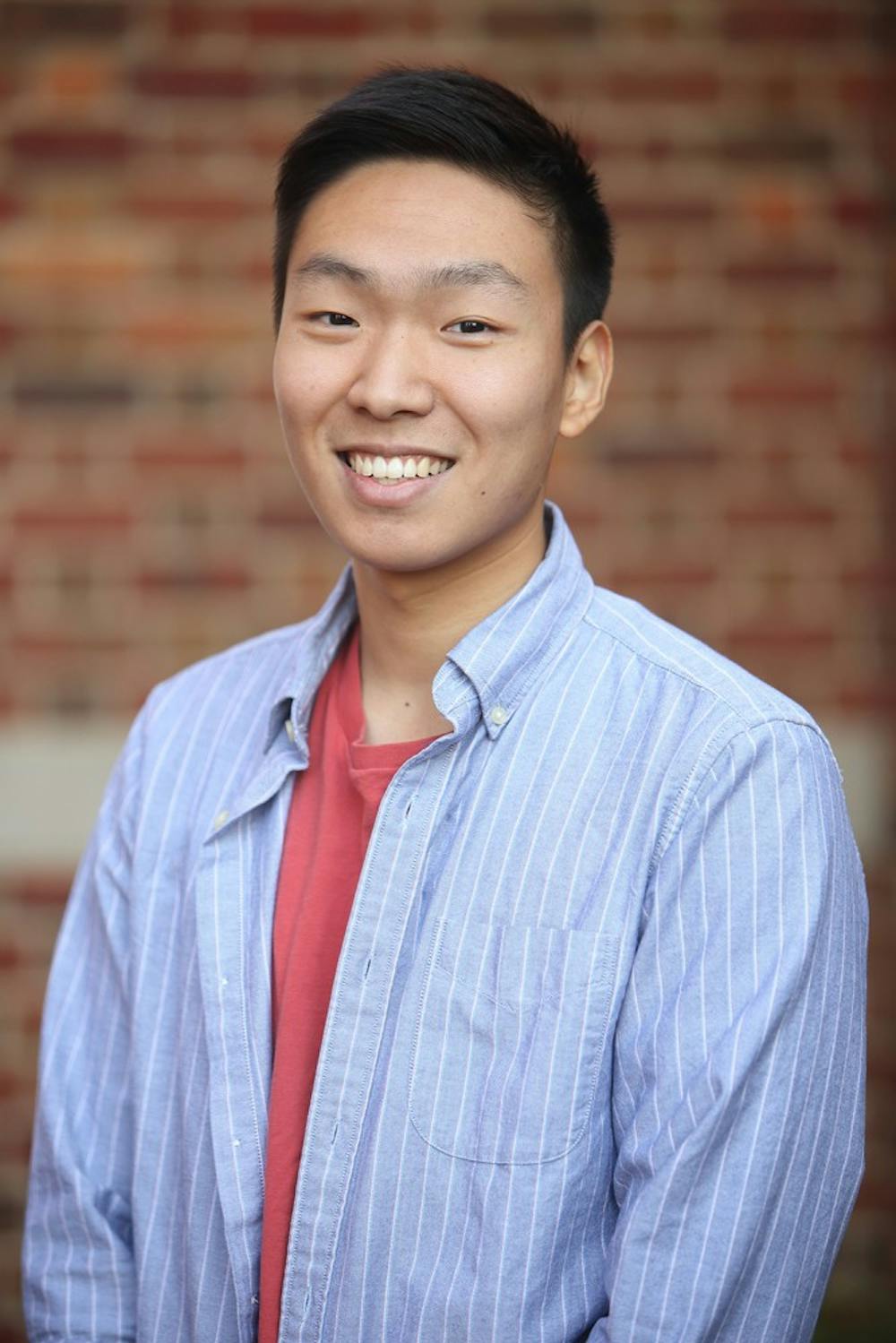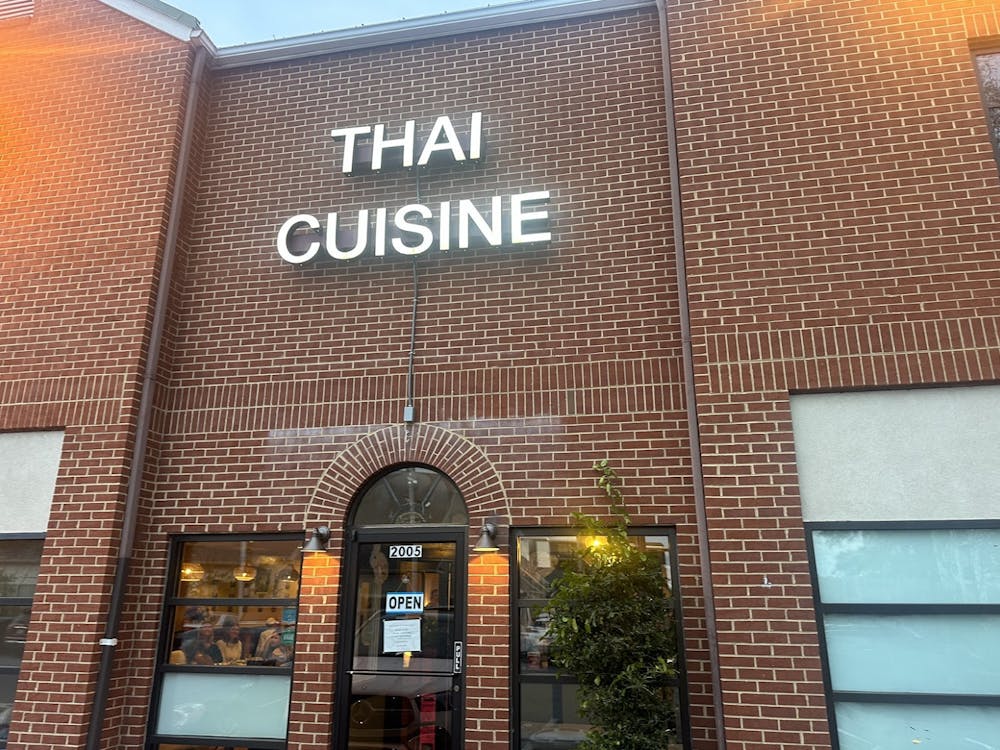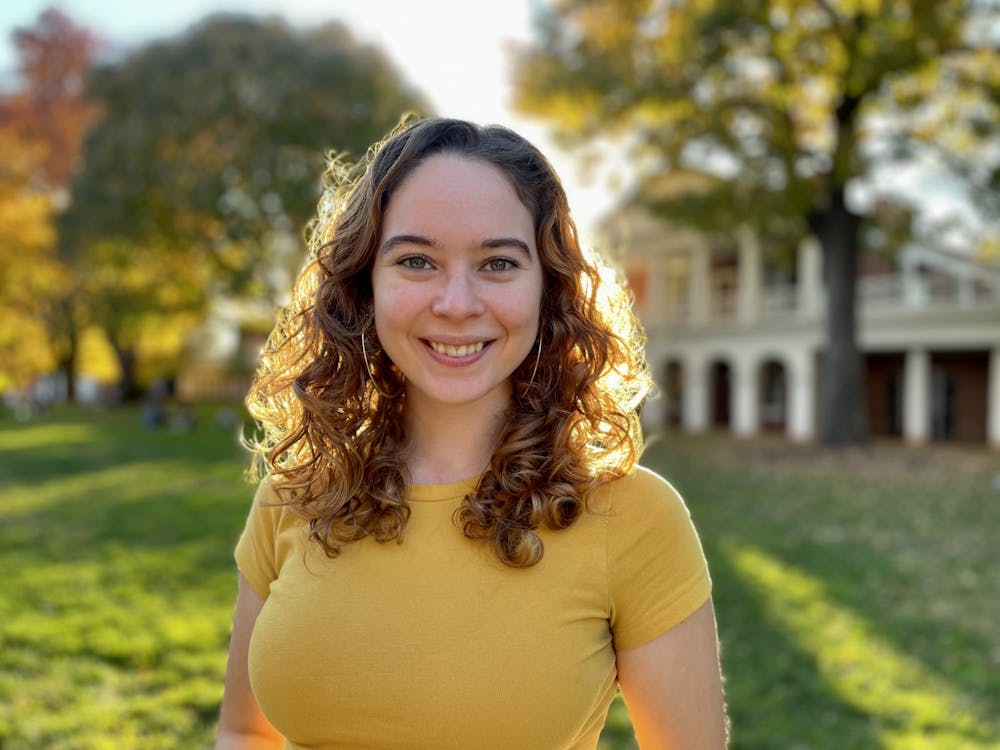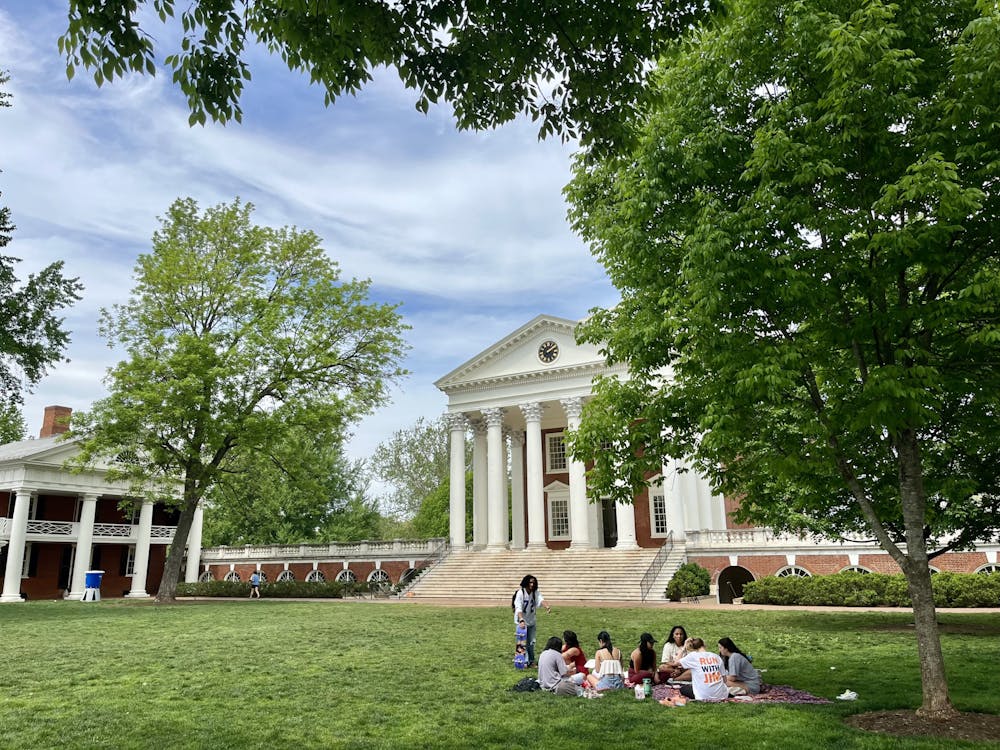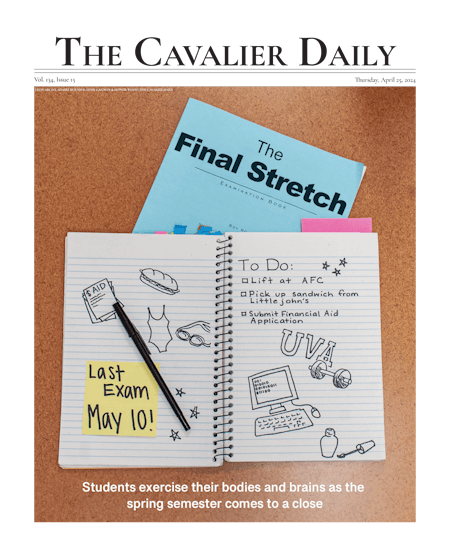Uncharacteristic of my normal self, I woke up before noon this past Saturday morning. I was in a hurry to make it to Bodo’s to meet up with a carpool and order a bagel before departing on the two and a half hour drive up to our country’s capital, Washington, D.C.
After scrambling into the car and picking up our last passenger, we were off to visit the National Museum of African-American History and Culture. This was the first time I would be on US 29 North heading towards Washington for a reason other than returning home from college.
Growing up, I was exposed to the numerous National Smithsonian Museums many times through family or school field trips because they were a quick drive from home. Even though I had so many opportunities to engage with history and different cultures, I never appreciated visiting these museums and would usually end up messing around with friends or eating in the museums’ restaurants until I could leave.
After learning about the history of African-Americans at the University this past semester and seeing racism brought to light in this country today, I thought it was more needed than ever to visit the museum.
I made my way through the three levels of the history gallery, which took me from the beginning of slavery to the modern day issues and accomplishments of African-Americans.
I decided to sit down at an interactive kiosk to rest my legs, and it asked me to choose a movement to join. I picked the sit-in protests during the period of segregation. The kiosk asked me if I could handle the training needed to join, and it showed pictures of African-American activists practicing to withstand all of the harassment caused by sitting at a restaurant. Without hesitation, I said yes.
Pictures and stories popped up showing African-American women and men waiting to be served while being spit on, doused in milkshakes and yelled at by angry white people. The kiosk asked me how I would react in those scenarios, and I — this time more hesitantly — said I would sit still and not react. More pictures and stories appeared, this time showing people being dragged and beaten. Once again, the kiosk asked me how I would react in their shoes. Afraid for my life and humiliated by the jeers of the mobs, I said I would quit the sit-in. This affected me heavily, and I would never have guessed it would be so moving.
To wrap up the night, we told our scariest stories and sang Disney songs on our way back to Charlottesville. After arriving home, I was exhausted, not only physically, but also emotionally. Though many of the facts and details of events and stories grew blurry, there was an overbearing sense of humiliation, weakness, cowardice and guilt resounding within me. I could never be as brave as the people who held sit-ins in restaurants. On a daily basis, I struggle with calling a friend out when they say something racially offensive or expressing any of my political beliefs because I’m afraid to offend someone. I also have trouble reconciling the history of this University, founded by a racist slave-owner who also did so much for the United States. All of these things scare me into silence and inaction.
It was important for me to visit a physical place remembering the history and culture of African-Americans, to not be apologetic or afraid to stand up for what I believe in, and to gain the courage to speak about hard issues. Although I may not be the heartiest or most influential person, I hope to make a difference and I realize it starts with visiting the past. It’s a humbling, invigorating, but necessary visit especially during times of fear and confusion, so you can then change for the future.

